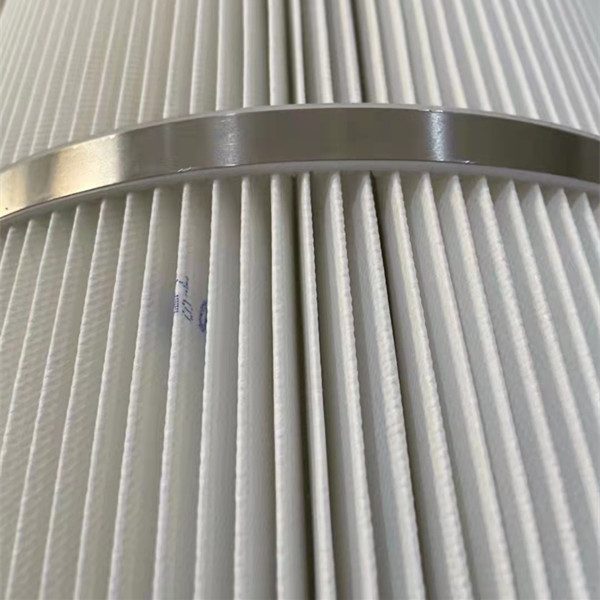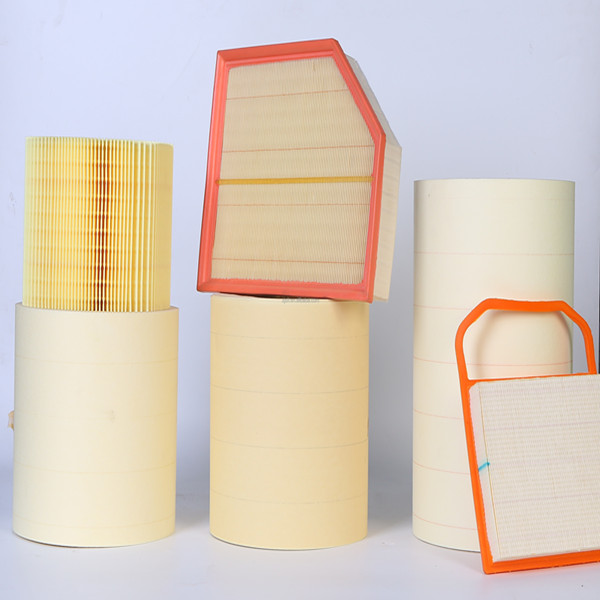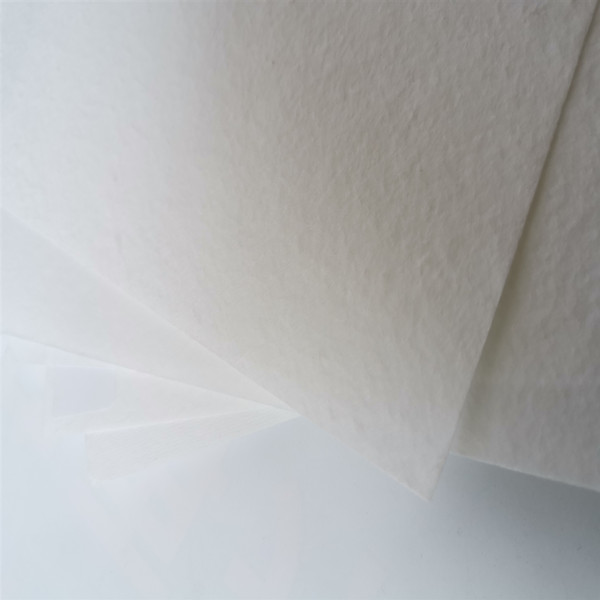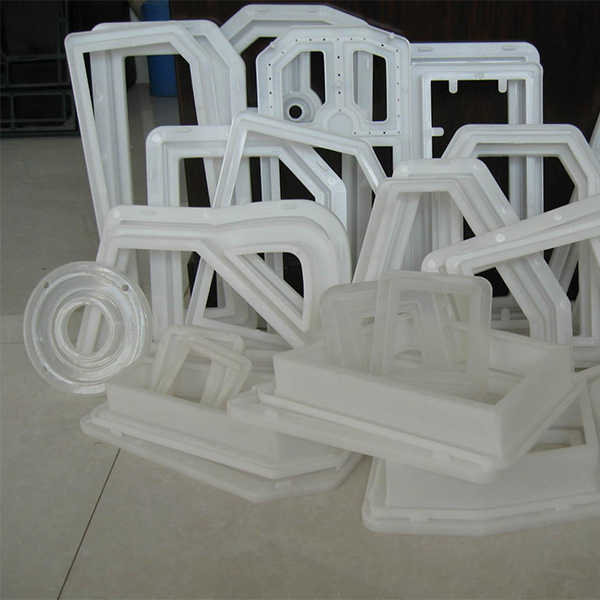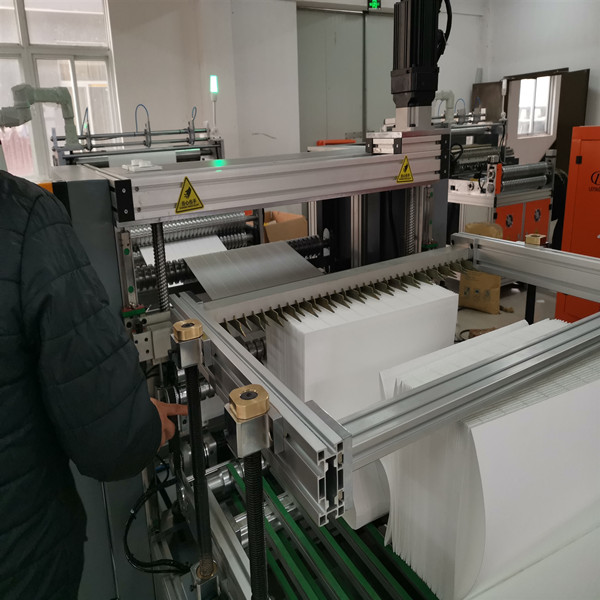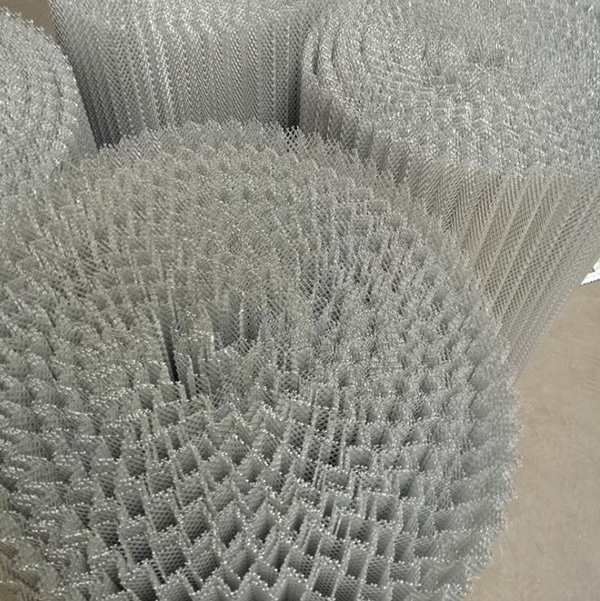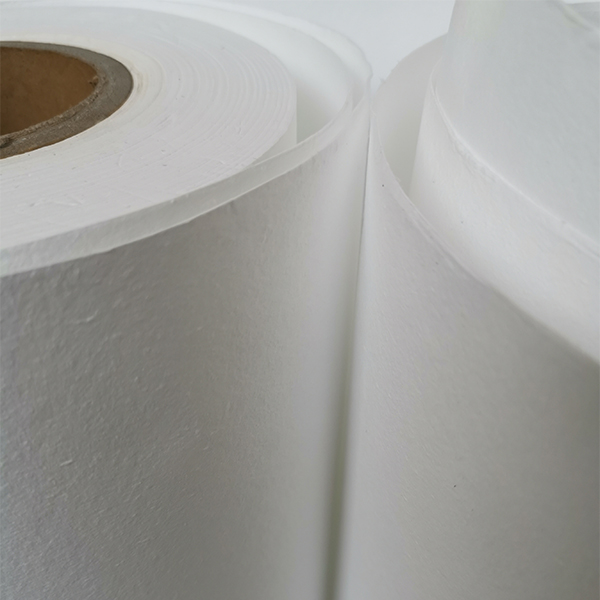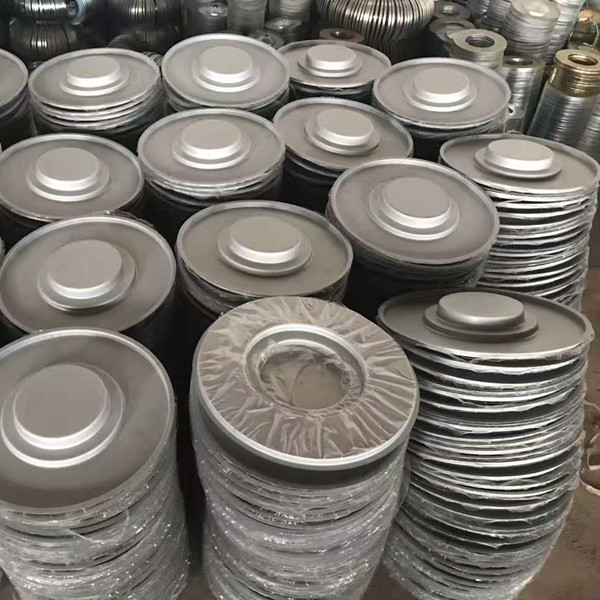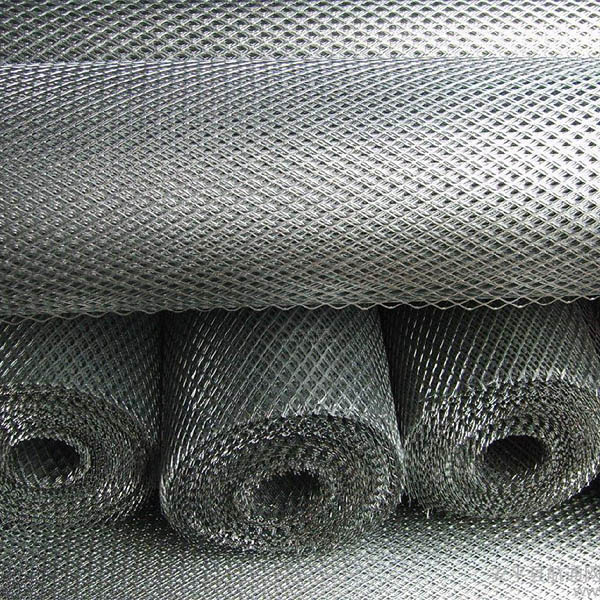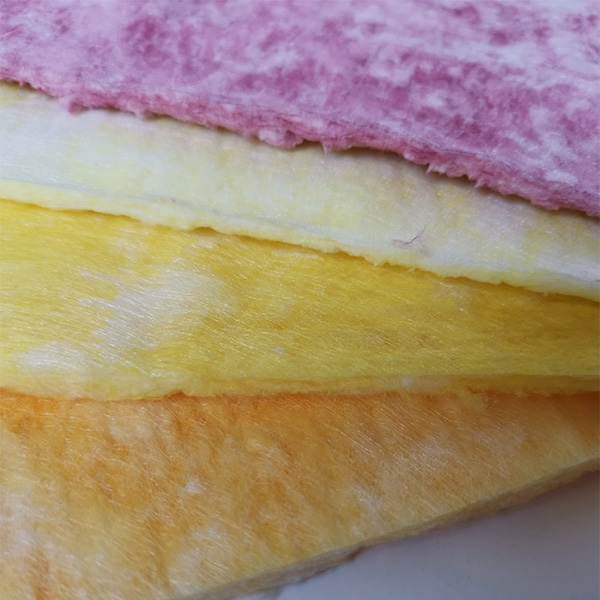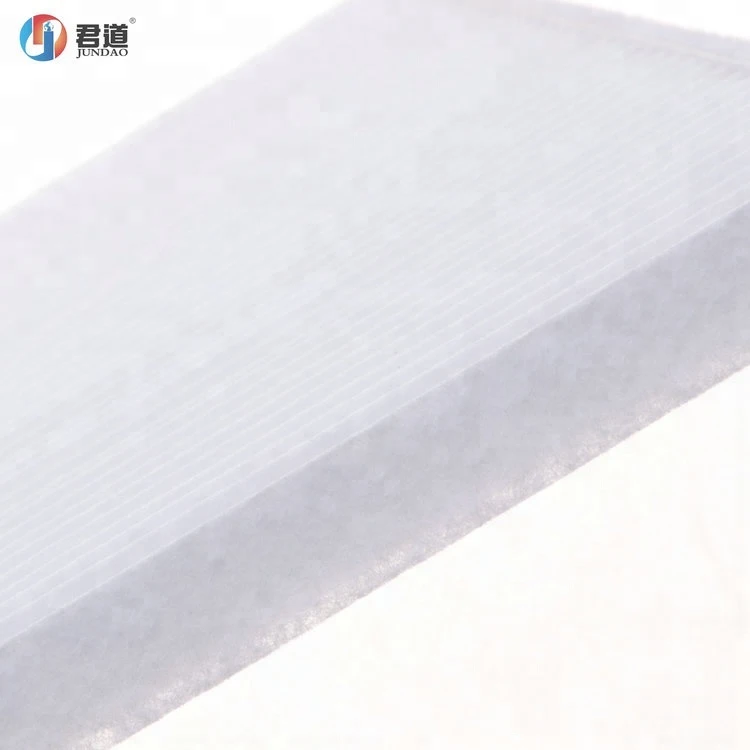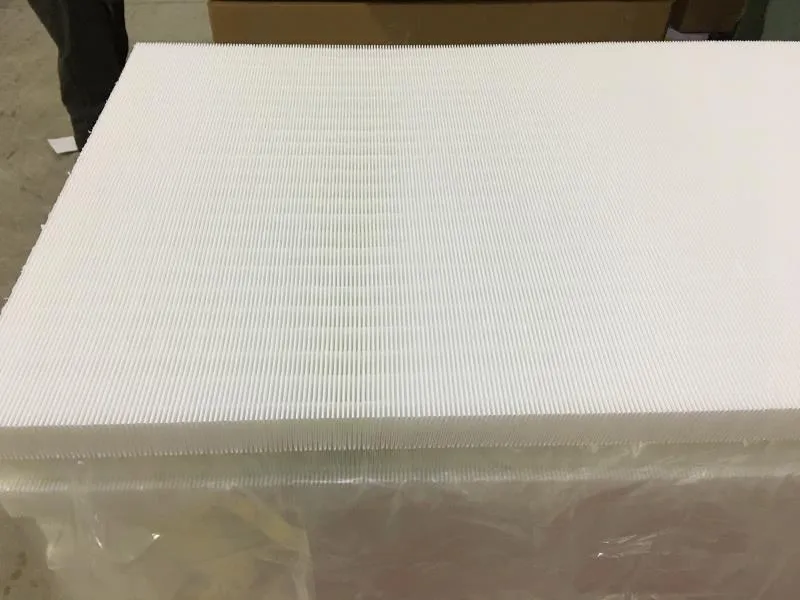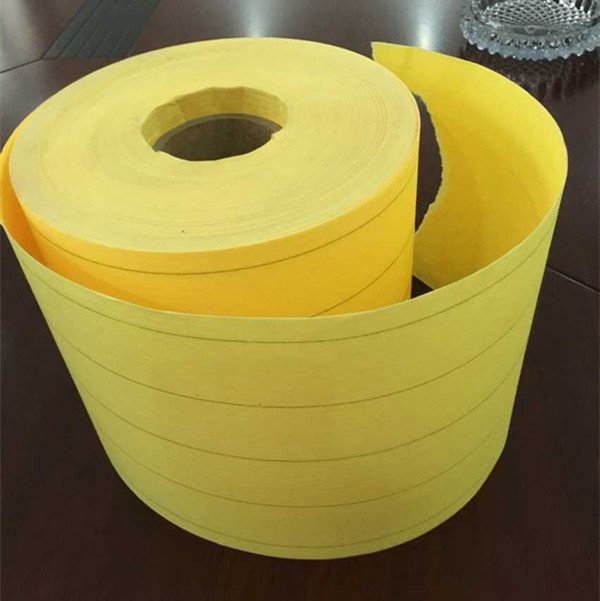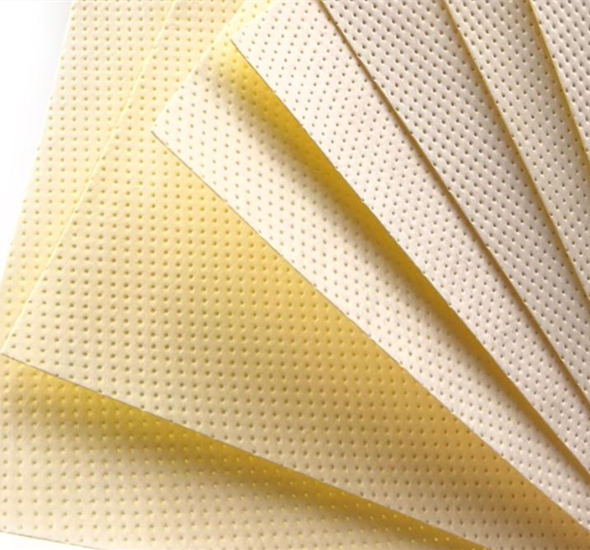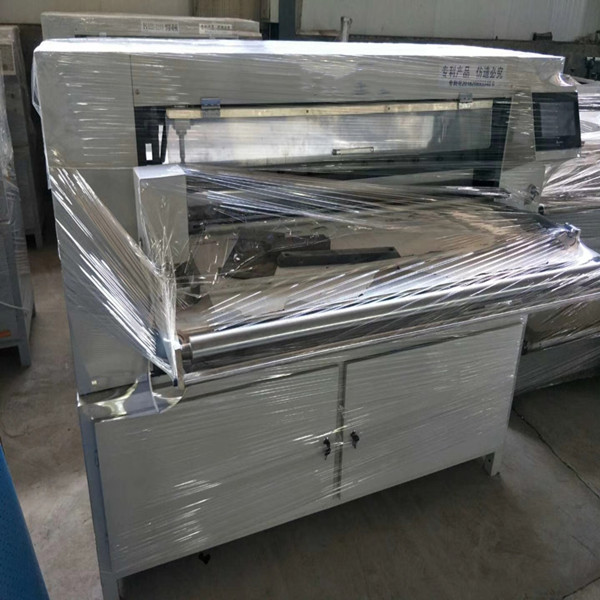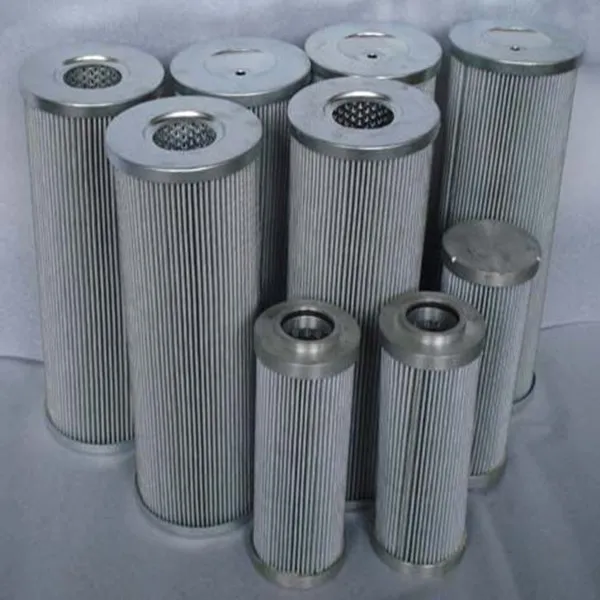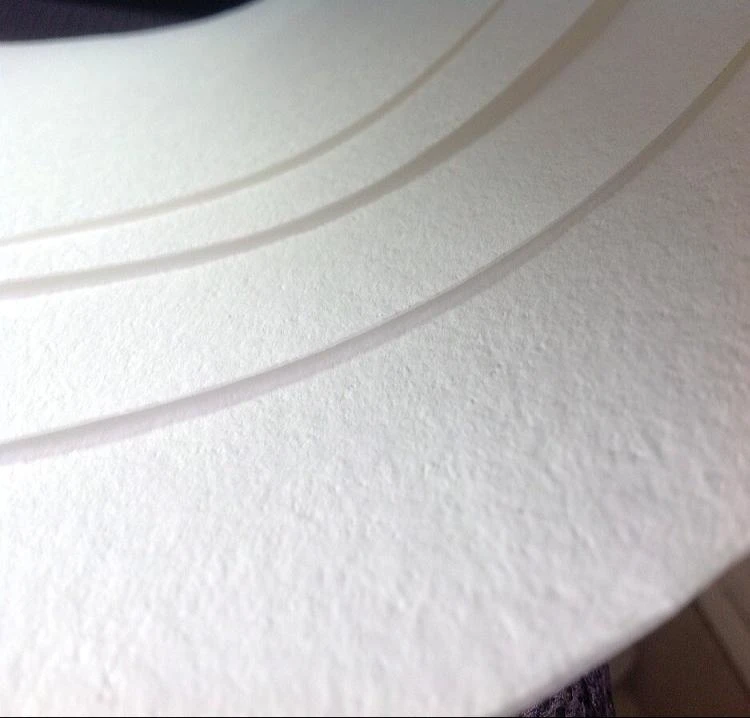Transpò piblik te vin tounen yon nouvo sit danje kache pou nouvo enfeksyon nemoni kouwòn, ak risk pou transmisyon se gwo. Te gen anpil ka transmisyon ak maladi ki te koze pa transpò otobis, taksi ak tren. Pandan peryòd prevansyon ak kontwòl epidemi an, anplis ranfòse prevansyon epidemi ak jesyon kontwòl nan domèn transpò (tankou espas chèz, diminye lavant tikè, elatriye), ak diminye risk pou transmisyon viris nan transpò piblik, kondwi vin tounen yon fason ki pi an sekirite pou vwayaje.
Men, èske li vrèman enfayil vwayaje nan machin?
An reyalite, byenke kondwi yon machin prive ka efektivman redwi pwobabilite pou kontak ak pasyan ki gen nouvo nemoni kowonè konpare ak tren ak otobis, men paske machin nan tèt li se yon anviwònman fèmen, yon fwa pasaje a gen yon moun ki enfekte, ou ka enfekte. Sèks tou ogmante anpil. Se poutèt sa, byenke kondwi se mòd transpò ki pi an sekirite nan yon sèten limit, nou pa dwe inyore mezi pwoteksyon ki nesesè yo lè w ap kondwi yon machin. Anplis de mezi sekirite yo mansyone la a, nou toujou oblije diminye kontak sere epi kontinye mete mask. Ki jan yo rezoud pwoblèm nan ogmante pwobabilite pou transmisyon lè viris la nan yon anviwònman machin fèmen soti nan sous la se plis vo eksplore, paske sa a se pa sèlman pandan epidemi an. Nou bezwen konsidere mezi sekirite. Andeyò epidemi an, bon jan kalite lè andedan machin yo tou gen rapò ak sante nou ak konfò.
How to improve the air quality in the car? In-car air quality has always been the focus of consumers’ attention. The new car quality research (IQS) report of the world’s authoritative research organization J.D. Power shows that car interior odor has become the first dissatisfaction in the Chinese market for many years. The main factors affecting air safety in the car are: 1. Air pollution outside the car. Car exhaust, PM2.5, pollen and other harmful suspended particles sneak into the car through the car window or air conditioning system. 2. Interior materials. There are a large number of non-metallic parts that are easy to volatilize in the car, such as plastic door panels, leather seats, and damping panels. There are 8 common volatile organic compounds in vehicles, and clear limits are given for these 8 substances in the national standard GB/T 27630-2011 “Guidelines for Air Quality Evaluation of Passenger Cars”. Serial number project Restriction requirements (mg/m³)
1 benzene ≤0.11
2 Toluene ≤1.10
3 Xylene ≤1.50
4 Ethylbenzene ≤1.50
5 Styrene ≤0.26
6 formaldehyde ≤0.10
7 Acetaldehyde ≤0.05
8 Acrolein ≤0.05
In order to solve the peculiar smell in the car and improve the air safety in the car, it is necessary to increase the cycle purification link in the closed car environment, and there is no doubt that the car air conditioning filter has become an important responsibility. The car air conditioner provides the original power for the exchange of indoor and outdoor air, but in order to satisfy the purification of the indoor circulating air, the outdoor air enters the car after being filtered. The filter becomes an essential artifact for the car owner! The small body shows great power, creating a safe and reliable space in the car, allowing car owners to enjoy healthy breathing at all times. Editor’s reminder: In order to avoid secondary pollution of the car air conditioner filter, generally speaking, it should be replaced after two to three months of use (the specific replacement frequency can be considered according to the actual frequency of use)

